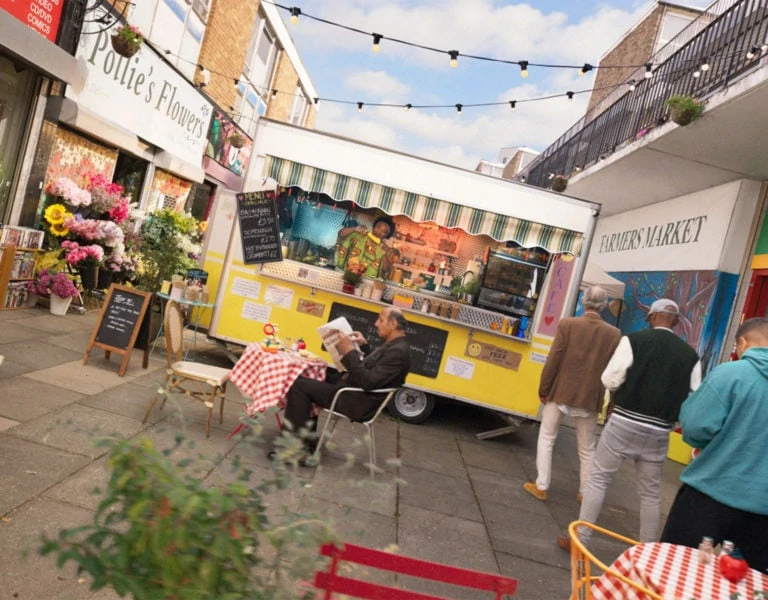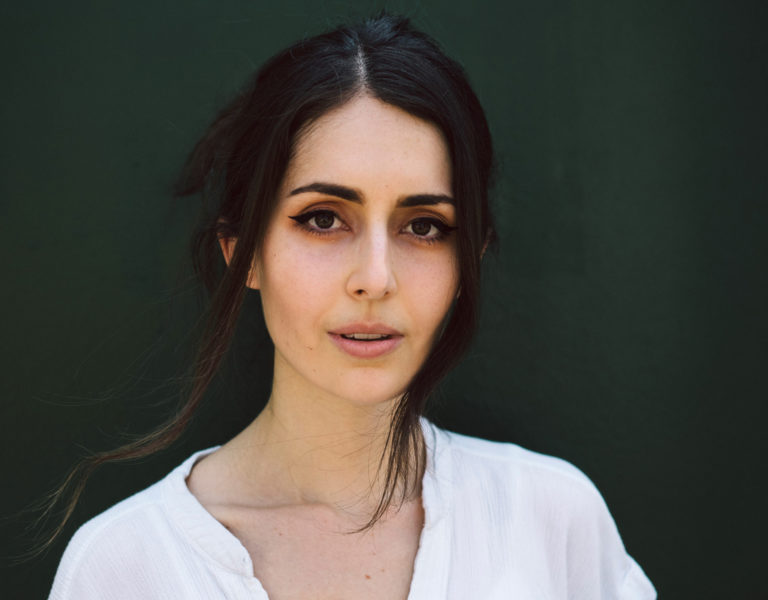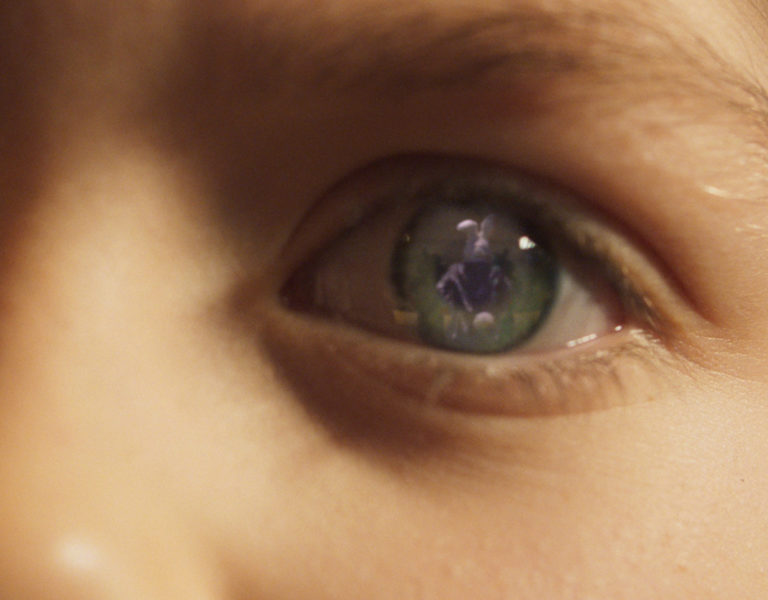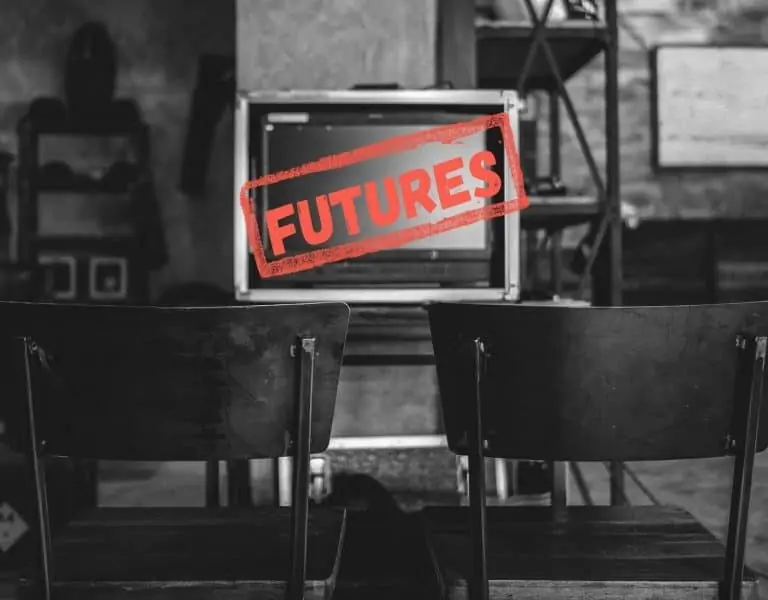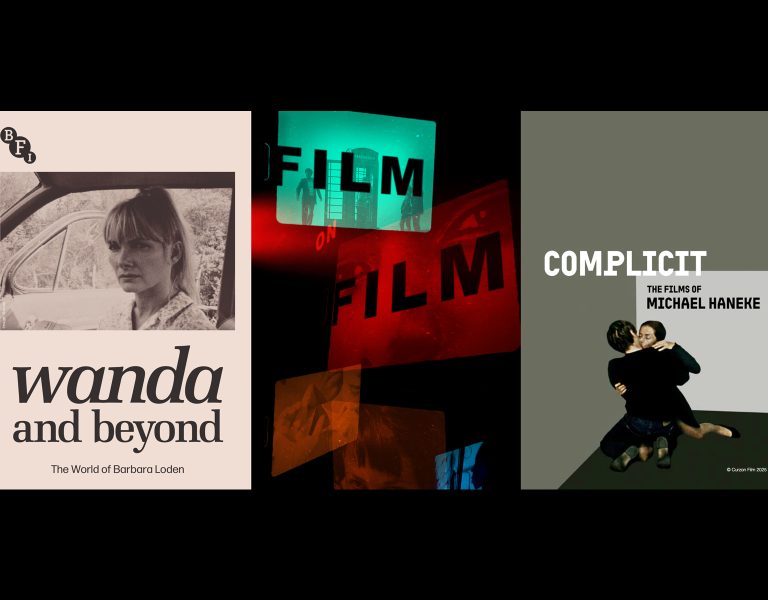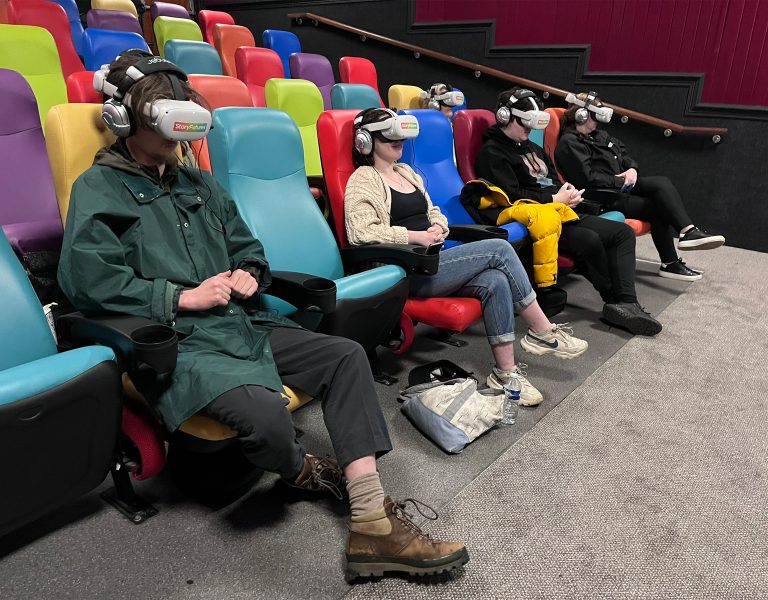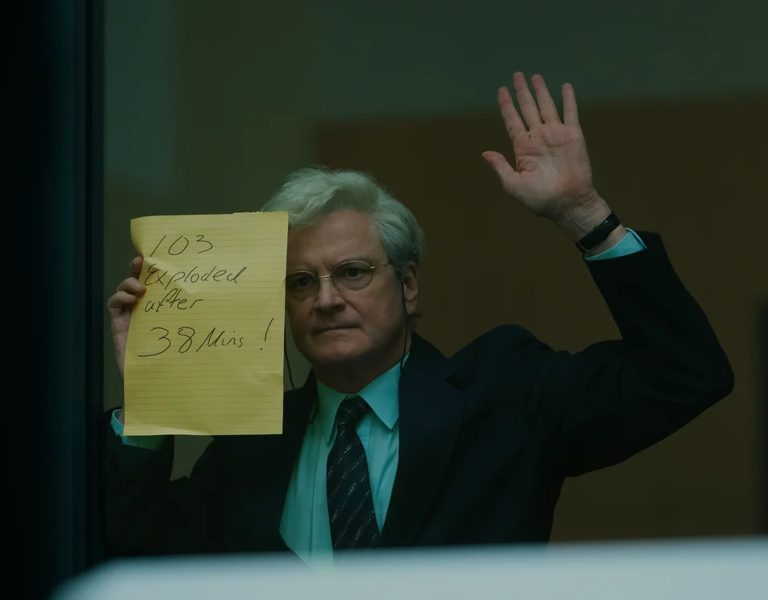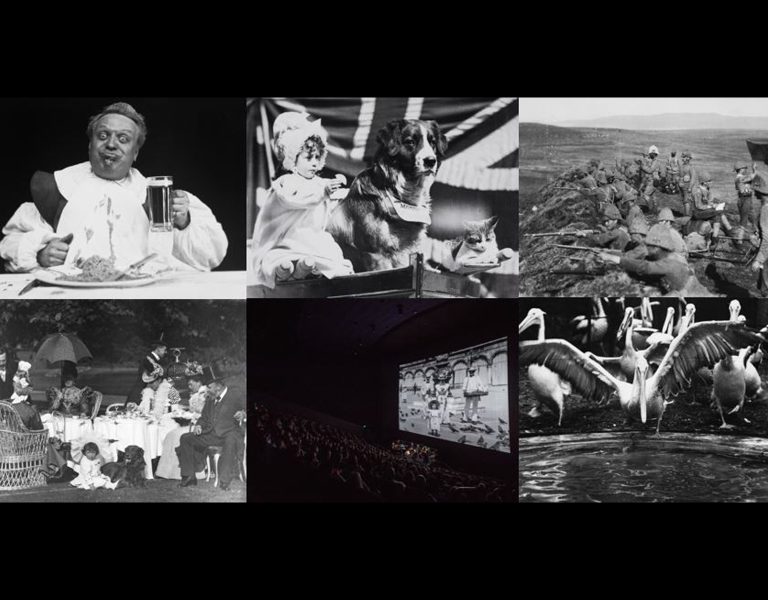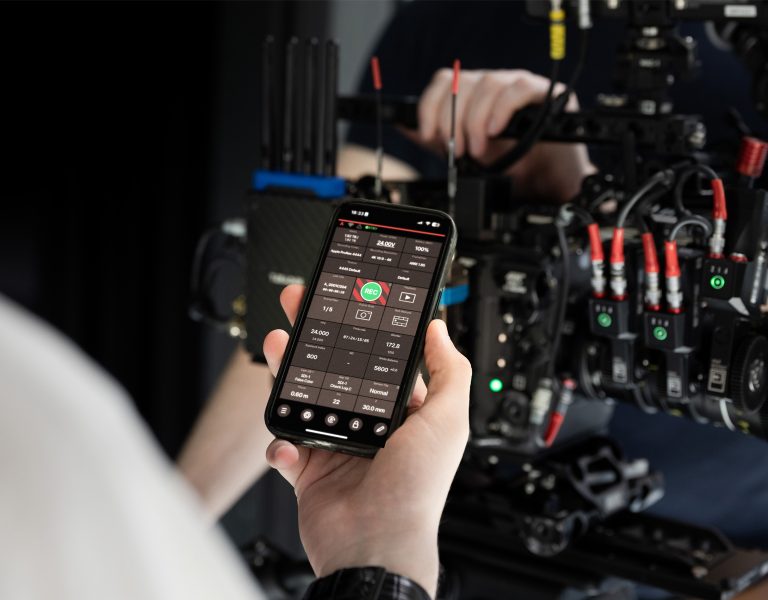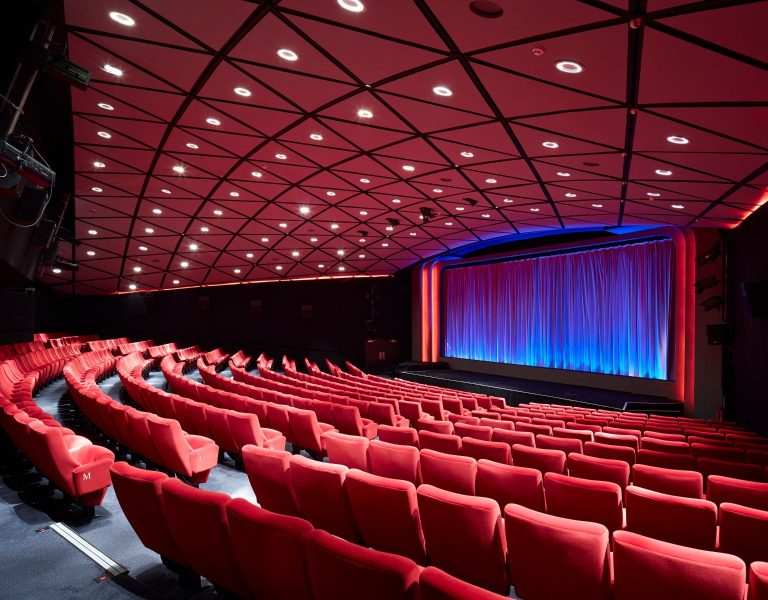
Freefolk has used VFX and post-production to bring robotic characters to life for ŠKODA’s ‘Purrs electric, Grrrs attitude’ UK TV spot, to showcase the brands highly-anticipated all-electric Enyaq iV SUV.
Directed by Frederic Planchon, through Academy Films, with post-production and animation led by Freefolk and in collaboration with Fallon, the film illustrates the car as an SUV for people who want the environmental benefits of driving electric without compromising on distinctive design.
Developed to showcase the car’s two distinct sides – eco-conscious and dynamic design – Fallon brought this duality to life by way of a heart-warming story of a human family who adopt two young baby robots. As the story develops, the siblings’ personality differences become apparent – ‘Purr’ (the first sibling) is gentle and caring, while ‘Grrr’ (the second sibling) is impassioned and creative.
Planchon and the Freefolk team, led by creative director and VFX supervisor Jason Watts, brought the robot family to life creating 3D characters with believable human personalities.
Planchon had this to say about the collaboration, “I really enjoyed the work with the guys at Freefolk. I felt from the start a passionate and collaborative spirit to create (with the great concept artist Jake Lunt Davies) these two robot characters, despite difficulties (we were in the middle of the pandemic, impossible to meet in the same room….).
Animation and relentless detailed work from the Freefolk team was great and the creative team and I were never frustrated in our multiple comments.”
Freefolk head of colour, Paul Harrison worked his magic on the grade with Cheryl Payne as VFX producer and head of 3D, Harin Harani.
The main call for VFX in this project was to bring the robot characters to life, replacing their stand-in actors in each shot. The characters were created digitally from the ground up, working closely to bespoke concept art. A host of props, such as trolleys, tyres and tools, were also made in CG to aid the characters’ interaction with them. The robots were animated with their size and expression in mind, and the assets were lit using data captured on-set so they sat in the world convincingly.
A particularly challenging aspect for the 3D department was the creation of a character with such a high level of detail and variety in appearance throughout the film. In addition to the density of modelling and texturing needed in the mechanical areas, the characters required different proportions and surfacing, depending on their age and the differences between the PU-rr and GR-rr models. This was managed by working with strict organisation across the team so that all 3000 objects were named and placed in a consistent way, with textures built by layer allowing for different types of detail to be switched on and exported when needed.
The 3D work was created primarily in Maya, with FX in Houdini and textures made using Mari and Substance Painter.
Freefolk creative director, Jason Watts, has worked with Planchon before but, in this COVID world, things were a little different time around. Watts explained: “From my perspective, the most challenging aspect was shooting with the restrictions of COVID. Having a director in a different country, agency remote and client at their base. Shoots are always an evolving process, taking into account normal shoot issues: weather, location moves, general production hurdles and an increasing shoot load with diminishing days, dialling in on the spot VFX requirements when everyone is up against the clock was sometimes very difficult. The process inevitably becomes much harder without key personnel eyeballing each other onset but it certainly worked out very well in the end.”
From a compositing perspective, the 2D team, lead by Rob Sheridan, wanted the work the 3D team created to shine through. As a result of meticulous preparation and planning the 2D work was able to play a more supportive role and concentrate on the extra details that really helped the robots blend seamlessly into each sequence.
